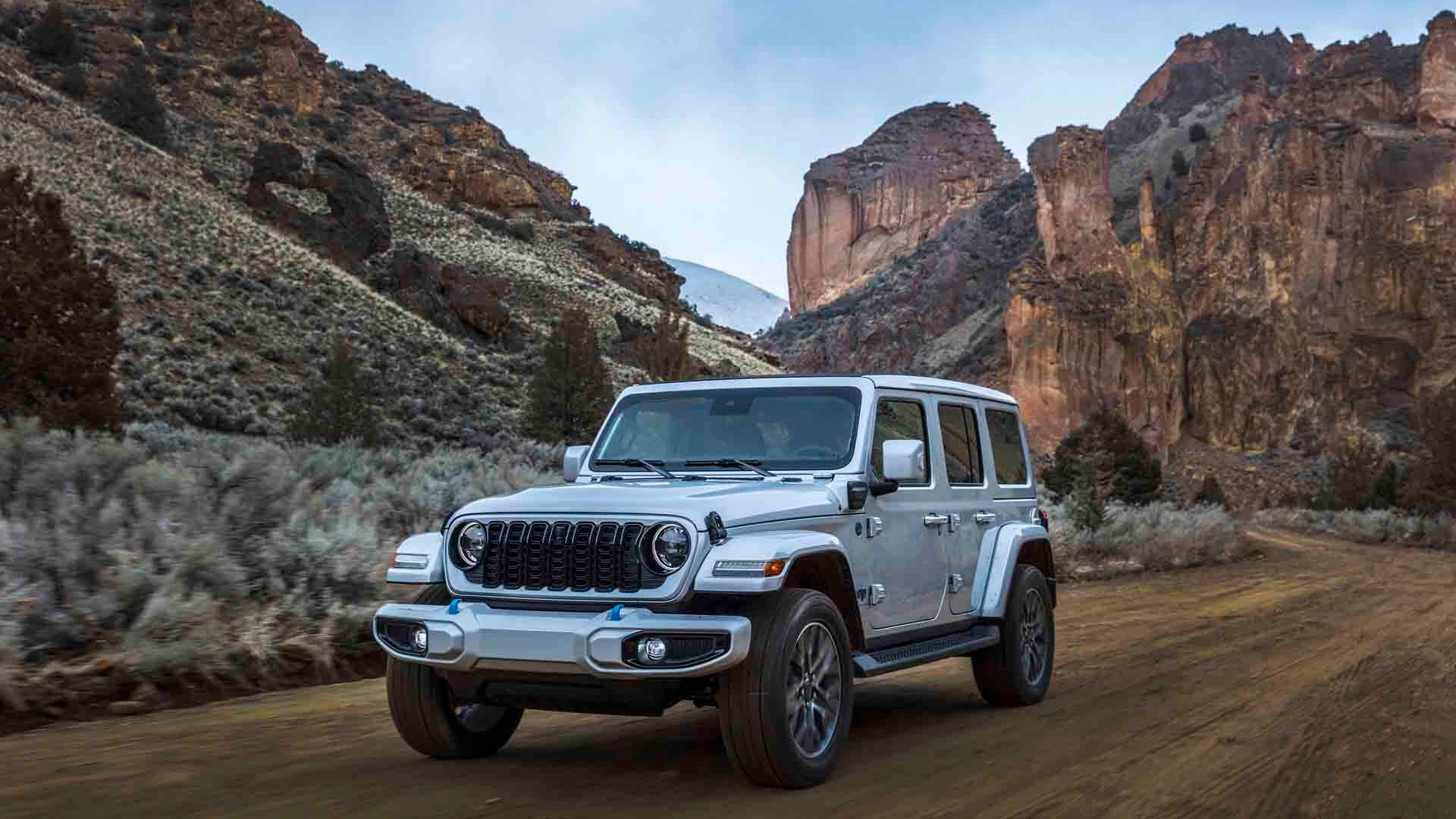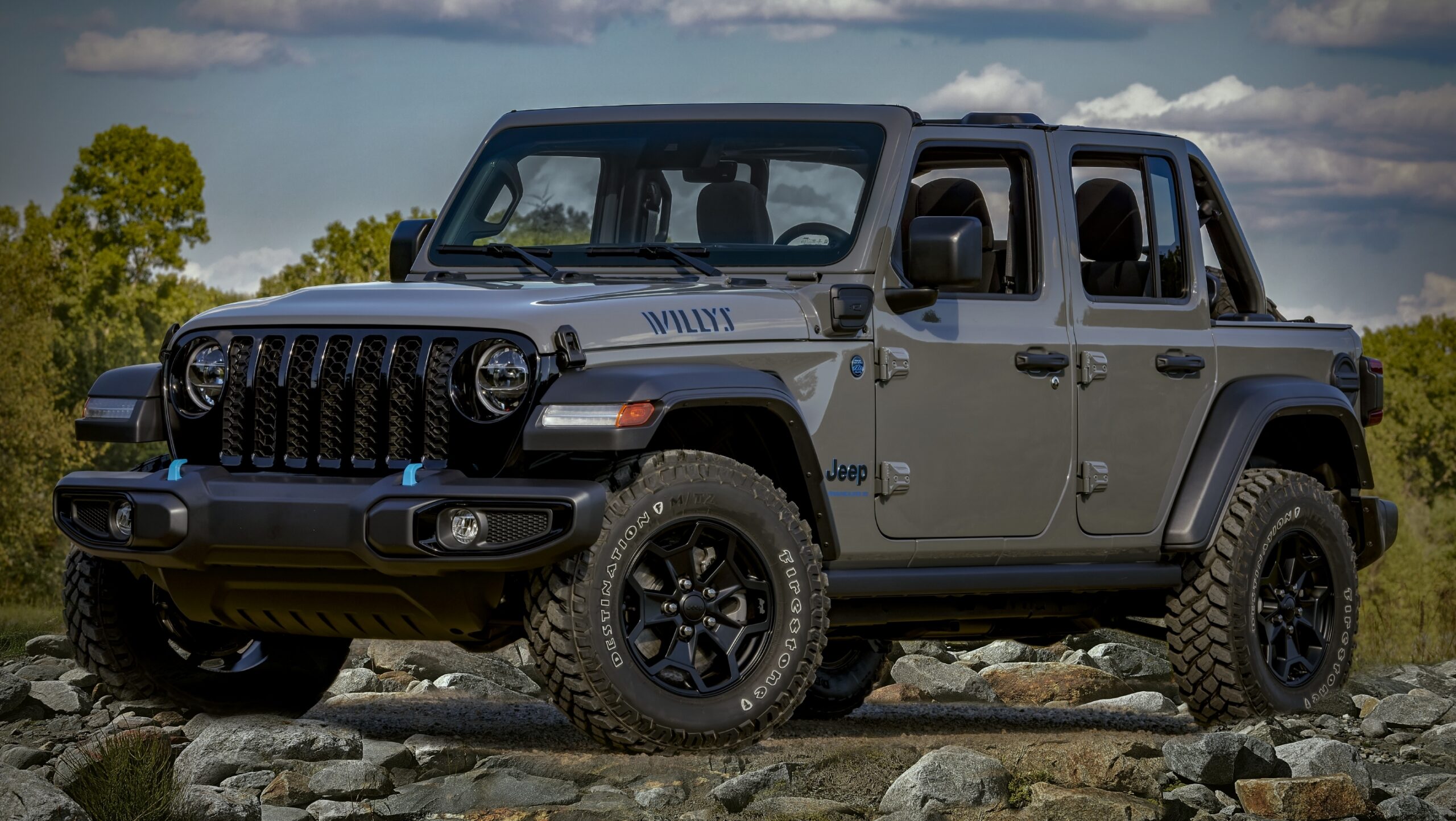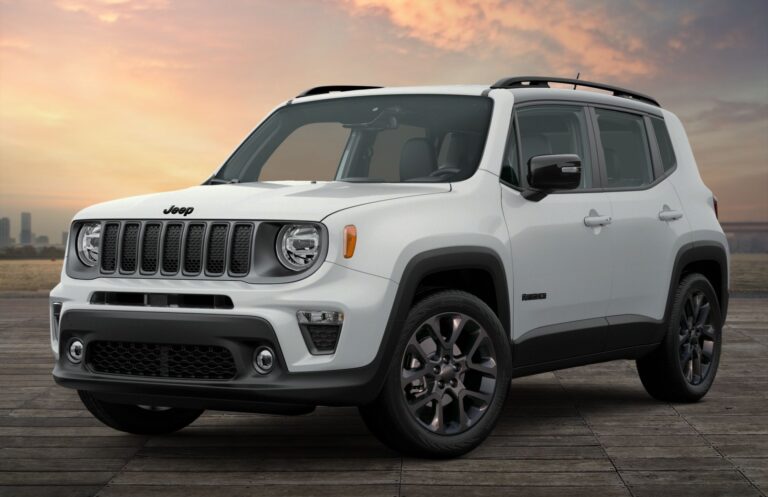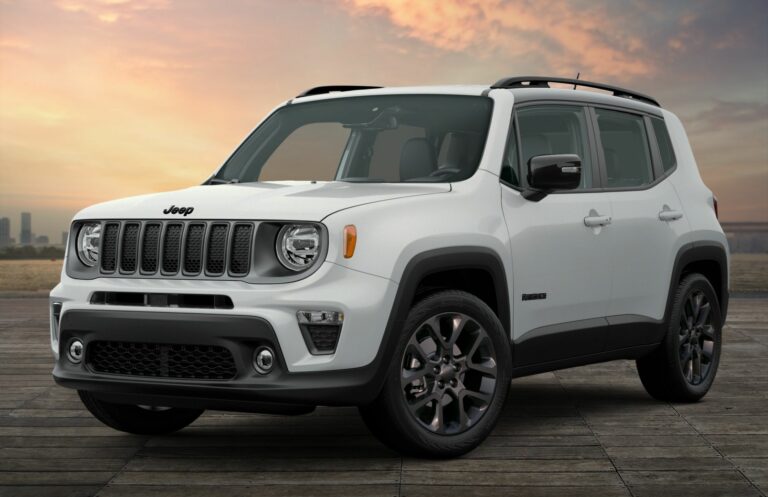Jeep Wrangler Quick Disconnect Sway Bar: Unleashing Your Off-Road Potential
Jeep Wrangler Quick Disconnect Sway Bar: Unleashing Your Off-Road Potential jeeps.truckstrend.com
The Jeep Wrangler is an icon, synonymous with adventure, freedom, and unparalleled off-road capability. Yet, even this legendary vehicle has limitations in its stock form, especially when tackling extreme terrain. Enter the Jeep Wrangler Quick Disconnect Sway Bar – a seemingly simple modification that unlocks a profound enhancement in your Wrangler’s performance, transforming it from a capable trail rig into an articulation beast. This comprehensive guide will delve into every aspect of quick disconnect sway bars, from their fundamental purpose to choosing, installing, and utilizing them effectively, ensuring you get the most out of your off-road adventures.
Understanding the Stock Sway Bar and Its Limitations
Jeep Wrangler Quick Disconnect Sway Bar: Unleashing Your Off-Road Potential
Before we dive into quick disconnects, it’s crucial to understand the role of your Jeep’s stock sway bar, also known as an anti-roll bar. This torsion spring steel bar connects the left and right sides of your suspension, typically at the lower control arms or axle. Its primary function is to resist body roll during cornering, keeping the vehicle stable and predictable on paved roads and at higher speeds. When one wheel goes up, the sway bar transfers that motion to the other side, pushing that wheel down to maintain a flatter stance.
While this is excellent for on-road handling, it becomes a significant hindrance off-road. When traversing uneven terrain, such as rock gardens, deep ruts, or steep inclines, your Jeep needs maximum wheel articulation – the ability for each wheel to move independently up and down relative to the chassis. The stock sway bar, by design, limits this independent movement. It essentially ties the wheels together, preventing one from dropping fully into a hole or climbing high over an obstacle without lifting the opposite wheel off the ground. This loss of tire contact translates directly to reduced traction, stability, and ultimately, capability.
The Magic of Quick Disconnects: Enhanced Articulation and Off-Road Capability
This is where quick disconnect sway bar links become indispensable. A quick disconnect system replaces your factory sway bar links with a design that allows you to easily detach the sway bar from the axle or lower control arm mounts. When disconnected, the sway bar no longer restricts the independent movement of your suspension.
The immediate and most significant benefit is dramatically increased wheel articulation. With the sway bar out of the equation, your Jeep’s suspension can flex much more freely, allowing tires to maintain continuous contact with the ground even over highly irregular surfaces. This enhanced articulation directly translates to:
- Superior Traction: More tires on the ground means more grip, which is crucial for climbing, crawling, and navigating slippery or loose terrain.
- Improved Stability: By allowing the suspension to conform to the terrain, the vehicle’s center of gravity remains lower and more stable, reducing the likelihood of tippage on off-camber situations.
- Smoother Ride Off-Road: The suspension can absorb bumps and dips more effectively, leading to a more comfortable ride for occupants.
- Reduced Stress on Components: Instead of fighting the rigid sway bar, your suspension components can work as designed, reducing undue stress on shocks, springs, and control arms.
![]()
Benefits Beyond Articulation
While articulation is the star, quick disconnects offer a constellation of other advantages:

- Versatility: They provide the best of both worlds – on-road stability when connected and unparalleled off-road performance when disconnected.
- Easier Obstacle Navigation: With improved flex, your Wrangler can "walk" over larger obstacles with greater ease and less drama, minimizing body damage and potential rollovers.
- Enhanced Control: Better traction and stability give the driver more precise control over the vehicle in challenging situations.
Types of Quick Disconnect Sway Bar Systems
Quick disconnects primarily fall into two categories based on their operational mechanism:
- Manual Pin-Style Disconnects: These are the most common and widely available. They consist of a new sway bar link with a removable pin at one or both ends. To disconnect, you simply pull the pin(s), detach the link from its mounting point, and often secure it out of the way using straps or a dedicated storage bracket. Reconnecting is the reverse process. They are reliable, relatively inexpensive, and require no electronics.
- Electronic Sway Bar Disconnects: Found standard on certain high-trim models like the Jeep Wrangler Rubicon (e.g., the "e-disconnect" system). These systems use an electronic actuator to disengage the sway bar at the press of a button from inside the cabin. They offer unparalleled convenience but are more complex, expensive to add aftermarket, and can be prone to issues in harsh off-road conditions (e.g., mud, water ingress). For most users, manual quick disconnects are the practical and robust choice.
Within the manual category, you’ll also find:
- Fixed Length Links: These are designed for a specific lift height.
- Adjustable Length Links: These offer flexibility to fine-tune the sway bar angle, which is particularly useful for custom lift kits or when you want to optimize performance.
Choosing the Right Quick Disconnects for Your Jeep Wrangler
Selecting the appropriate quick disconnects is crucial for performance and safety:
- Compatibility with Lift Height: This is paramount. The length of your quick disconnects must be matched to your suspension lift. Incorrect length can lead to poor sway bar geometry, limiting articulation or causing interference. Most manufacturers will specify the recommended length for various lift heights (e.g., 2-3 inch lift, 3-4 inch lift, etc.). If unsure, measure your current sway bar angle.
- Material and Build Quality: Look for heavy-duty construction. Steel, heat-treated chromoly, and robust polyurethane bushings are indicators of durability. Remember, these components will endure significant stress.
- Ease of Use: Consider how easy it is to disconnect and reconnect the links, especially when on uneven terrain. Some designs are simpler than others.
- Corrosion Resistance: Given their exposure to the elements, rust-resistant coatings or stainless steel components are highly desirable.
- Brand Reputation: Stick with reputable brands known for quality off-road components. Examples include JKS Manufacturing, TeraFlex, Currie Enterprises, Rough Country, and MetalCloak.
- Budget: Prices vary significantly, but view this as an investment in your Jeep’s capability and your off-road enjoyment.
Installation: A General Step-by-Step Guide
While specific instructions will vary by manufacturer and Jeep model, the general installation process for manual quick disconnects is straightforward for anyone with basic mechanical skills:
- Safety First: Park your Jeep on a level surface, engage the parking brake, and use wheel chocks. Safely lift the front of the vehicle using a jack and support it securely with jack stands. Remove the front wheels for easier access.
- Locate and Remove Stock Links: Identify your existing sway bar links. They connect the sway bar to the axle or lower control arms. Use appropriate wrenches/sockets to remove the nuts and bolts securing them. You might need to use a penetrating lubricant if they are rusted.
- Install New Quick Disconnects: Attach the new quick disconnect links in place of the old ones. Ensure the proper orientation (some are specific to left/right). If they are adjustable, set them to the recommended length for your lift.
- Tighten to Spec: Torque all nuts and bolts to the manufacturer’s specified values. This is critical for safety and preventing component failure.
- Test Articulation (Optional but Recommended): With the quick disconnects installed but disconnected, slowly lower the Jeep (or use a floor jack under one wheel) to cycle the suspension and ensure there’s no binding or interference.
- Reconnect and Re-install Wheels: Reconnect the sway bar links (for on-road driving) and re-install your front wheels.
- Final Check: Double-check all fasteners and ensure everything is secure before driving.
(Always refer to the specific instructions provided with your quick disconnect kit for detailed steps and torque specifications.)
Using Your Quick Disconnects: When and How
Understanding when to disconnect and when to reconnect is as important as the installation itself.
When to Disconnect:
- Off-road trails requiring significant articulation: Rock crawling, heavily rutted trails, steep climbs/descents over obstacles, or any terrain where you anticipate wheels leaving the ground.
- Low-speed technical driving: Quick disconnects are primarily for slow-speed off-roading where maximum flex is beneficial.
When to Reconnect:
- ALWAYS before returning to public roads or high-speed driving. Driving on the road with a disconnected sway bar is extremely dangerous. Your vehicle will exhibit excessive body roll, unpredictable handling, and significantly increased risk of rollover during cornering or evasive maneuvers.
- Before sustained higher-speed off-road driving: While less common for Wranglers, if you’re on a relatively smooth dirt road at higher speeds, reconnecting can improve stability.
Tips for Disconnecting/Reconnecting:
- Level Ground (if possible): It’s easiest to disconnect/reconnect on relatively flat ground where there’s minimal tension on the sway bar.
- One Side at a Time: If on uneven ground, you may need to disconnect one side, then drive forward slightly to relieve tension on the other side before disconnecting it.
- Keep Pins Clean: Periodically clean the pins and their receptacles to prevent grit from seizing them.
- Secure the Links: Always secure the disconnected links out of the way using the provided straps or brackets to prevent them from dangling and catching on obstacles.
Maintenance and Troubleshooting
Like any vehicle component exposed to the elements, quick disconnects require occasional maintenance:
- Regular Inspection: Visually inspect the links, bushings, and pins before and after off-road trips. Look for signs of wear, bending, cracks, or excessive play.
- Lubrication: Some designs (especially those with spherical bearings or certain types of bushings) may require periodic greasing. Consult your manufacturer’s recommendations.
- Cleanliness: Keep the pins and sleeves free of mud, dirt, and debris to ensure easy operation.
- Troubleshooting:
- Pins Seized: If pins are difficult to remove, clean thoroughly, apply penetrating lubricant, and try gently tapping them out.
- Excessive Play/Clunking: Worn bushings or loose bolts can cause noise. Replace worn components or re-torque fasteners.
- Difficulty Reconnecting: This often happens on uneven terrain due to sway bar tension. Try backing up or moving forward a few feet, or use a pry bar to slightly align the holes.
Table: Estimated Price Range for Jeep Wrangler Quick Disconnect Sway Bar Links
Please note: Prices are highly variable based on brand, material, adjustability, and specific Jeep model (TJ, JK, JL). These are general estimates for a pair of front quick disconnects and may not include shipping or installation. Always verify current prices with retailers.
| Brand/Model | Type | Compatibility (Common) | Price Range (USD) | Key Features |
|---|---|---|---|---|
| JKS Manufacturing Quicker Disconnects | Manual Pin, Adjustable | TJ, JK, JL | $150 – $280 | High-quality, durable, widely respected, adjustable for lift. |
| TeraFlex Front Quick Disconnects | Manual Pin, Fixed/Adjustable | TJ, JK, JL | $140 – $260 | Robust, good reputation, specific lengths for various lifts. |
| Rough Country Disconnects | Manual Pin, Fixed | TJ, JK, JL | $80 – $150 | Budget-friendly option, good for mild to moderate off-roading. |
| Synergy MFG Front Disconnects | Manual Pin, Adjustable | JK, JL | $180 – $300 | Heavy-duty, rebuildable joints, high-performance option. |
| Currie Enterprises Antirock | Manual Pin, Adjustable (Replaces Sway Bar) | TJ, JK, JL | $450 – $700+ | Full sway bar replacement, excellent articulation, always engaged. |
| MetalCloak Duroflex Disconnects | Manual Pin, Adjustable | JK, JL | $200 – $350 | Unique Duroflex joints for extreme articulation and durability. |
Note: Electronic sway bar disconnects (like the Rubicon’s) are typically part of a factory package or a much more expensive aftermarket conversion, often costing $1,000+ for a complete system.
Frequently Asked Questions (FAQ)
Q: Can I drive on the road with my quick disconnects disconnected?
A: ABSOLUTELY NOT. Driving on public roads or at high speeds with your sway bar disconnected is extremely dangerous. It severely compromises your vehicle’s stability, leading to excessive body roll, poor handling, and a high risk of rollover during turns or emergency maneuvers. Always reconnect your sway bar before hitting the pavement.
Q: How long does it take to disconnect/reconnect?
A: With practice, most manual quick disconnect systems can be disconnected or reconnected in just a few minutes, often less than 5 minutes for both sides.
Q: Do I need quick disconnects if I have an electronic sway bar (like a Rubicon)?
A: If your Rubicon’s electronic sway bar is functioning correctly, you don’t need manual quick disconnects for its primary purpose. However, some Rubicon owners install manual quick disconnects as a backup in case the electronic system fails, or for even greater articulation in extreme scenarios if the electronic system still provides some resistance.
Q: What length quick disconnects do I need for my lift?
A: The correct length depends on your specific lift height. Most quick disconnect manufacturers provide a sizing chart or recommendations for common lift sizes (e.g., 2-3", 3-4", 4-6" lift). The goal is to keep the sway bar relatively level (parallel to the ground) at ride height.
Q: Are quick disconnects hard to install?
A: For someone with basic mechanical skills and tools, installing manual quick disconnects is generally straightforward and can be done in an hour or two. However, always follow the manufacturer’s instructions.
Q: Do quick disconnects improve ride quality?
A: Off-road, yes, significantly. By allowing the suspension to articulate freely, the Jeep can absorb bumps and undulations more effectively, leading to a much smoother and more comfortable ride over rough terrain. On-road, they should not affect ride quality when connected.
Conclusion
The Jeep Wrangler Quick Disconnect Sway Bar is more than just an accessory; it’s a fundamental upgrade for any serious off-road enthusiast. It bridges the gap between on-road stability and extreme off-road articulation, allowing your Wrangler to truly live up to its legendary potential. By understanding its purpose, choosing the right system, and using it responsibly, you’ll unlock a new level of capability, control, and enjoyment on the trails, transforming your Jeep into the ultimate off-road machine it was always meant to be. Drive smart, disconnect wisely, and explore fearlessly!




